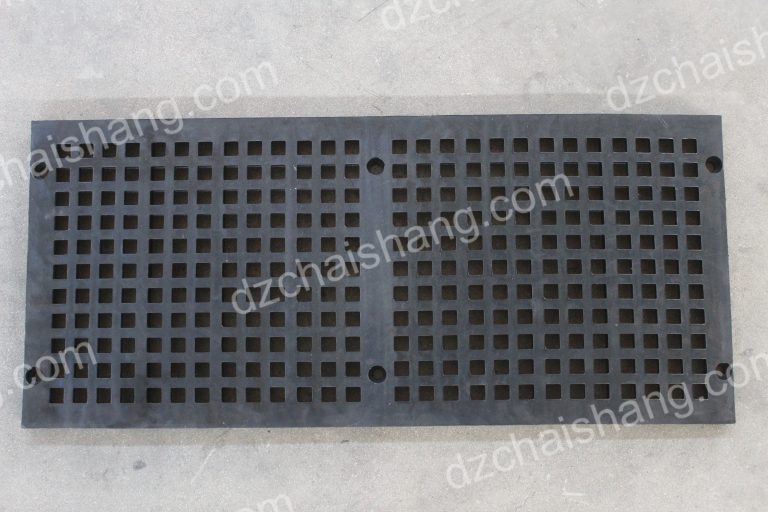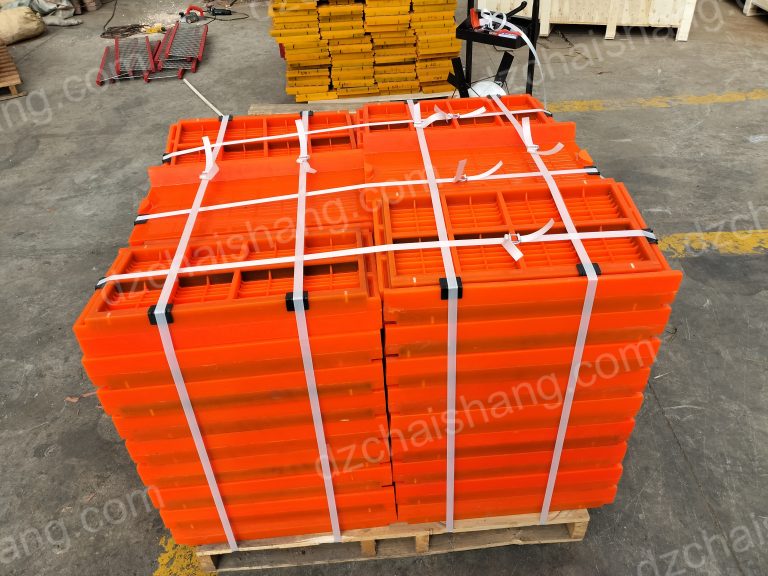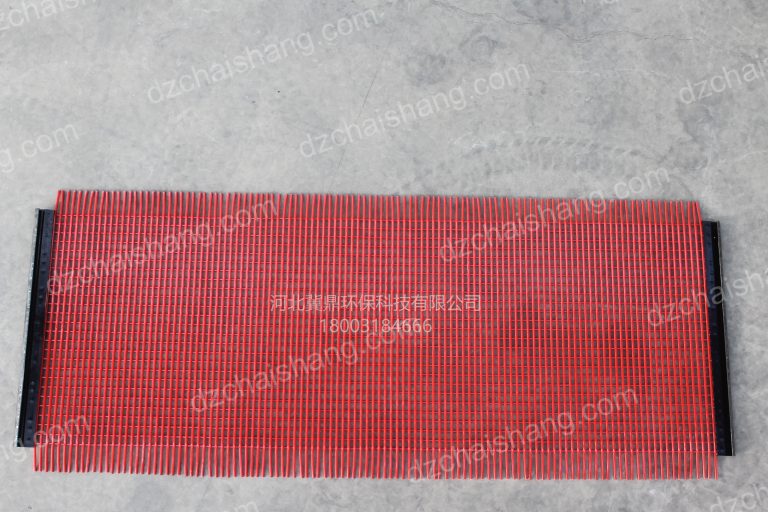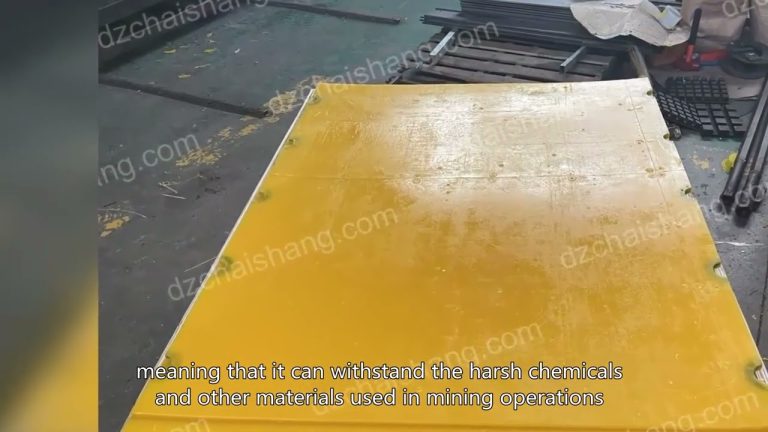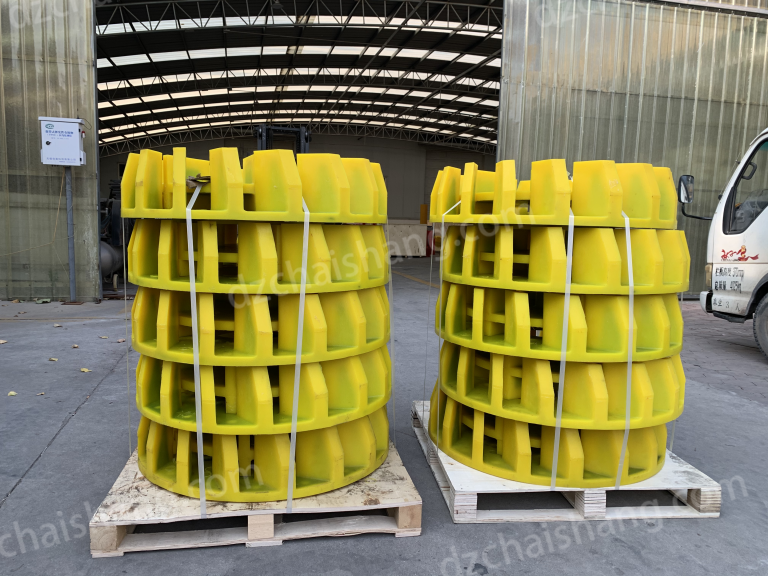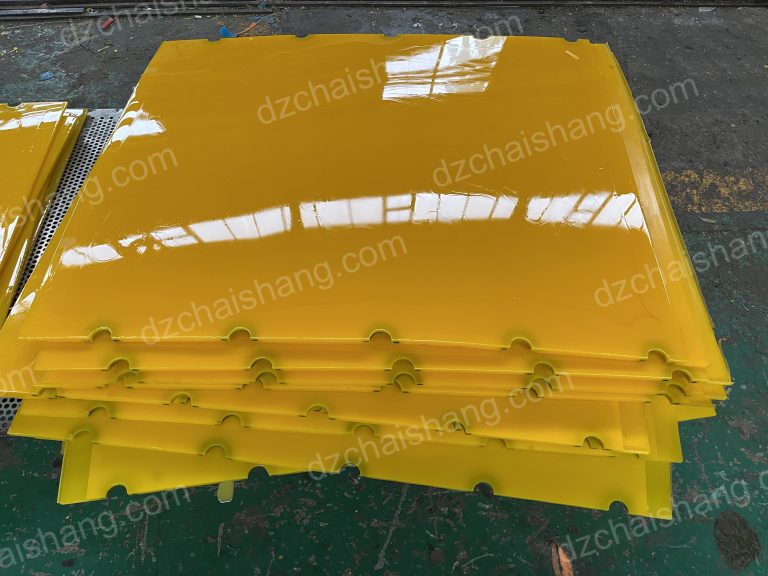بهینه سازی کنترل دما در تولید صفحه نمایش پلی اورتان
کنترل دما نقش بسزایی در تولید صفحات پلی اورتان دارد. بر روند پخت مواد پلی اورتان تأثیر می گذارد که در نهایت کیفیت و عملکرد صفحه نمایش را تعیین می کند. برای اطمینان از کنترل دمای مطلوب در طول فرآیند تولید، تولید کنندگان صفحه نمایش پلی اورتان باید به چندین عامل کلیدی توجه کنند. نوسانات دما می تواند منجر به ناهماهنگی در فرآیند پخت و در نتیجه نقص در صفحات پلی اورتان شود. برای دستیابی به این هدف، تولیدکنندگان باید روی سیستمهای گرمایش و سرمایش باکیفیت سرمایهگذاری کنند که بتواند دما را در محل تولید به طور دقیق تنظیم کند.
علاوه بر حفظ دمای ثابت، نظارت بر دمای مواد خام و نیز بسیار مهم است. قالب های مورد استفاده در فرآیند تولید دمای مواد خام میتواند بر ویسکوزیته و ویژگیهای جریان تأثیر بگذارد، در حالی که دمای قالبها میتواند بر زمان پخت و خواص نهایی صفحات پلیاورتان تأثیر بگذارد. با نظارت دقیق و کنترل دمای این قطعات، سازندگان می توانند اطمینان حاصل کنند که صفحه نمایش ها با بالاترین استانداردها تولید می شوند.
یکی دیگر از عوامل مهمی که باید در نظر گرفت دمای پخت مواد پلی یورتان است. دمای پخت به دمایی اطلاق می شود که در آن ماده پلی یورتان یک واکنش شیمیایی برای تشکیل یک ساختار جامد انجام می دهد. این دما معمولاً توسط سازنده بر اساس فرمول خاص مواد پلی اورتان تعیین می شود. رعایت دمای پخت توصیه شده برای دستیابی به خواص و عملکرد مورد نظر صفحات پلی یورتان بسیار مهم است.
علاوه بر این، عایق بندی مناسب تاسیسات تولید برای جلوگیری از اتلاف حرارت و حفظ محیط دمایی پایدار ضروری است. عایق بندی ناکافی می تواند منجر به نوسانات دما شود که می تواند بر کیفیت صفحه های پلی اورتان تأثیر منفی بگذارد. با سرمایهگذاری در عایقبندی کافی، تولیدکنندگان میتوانند محیط کنترلشدهای ایجاد کنند که برای تولید صفحهنمایش با کیفیت بالا مناسب است.
در نتیجه، کنترل دما یک جنبه حیاتی در تولید صفحه نمایش پلی اورتان است. با حفظ دمای ثابت، نظارت بر دمای مواد خام و قالب ها، رعایت دماهای پخت توصیه شده، و اطمینان از عایق بندی مناسب تاسیسات تولید، تولیدکنندگان می توانند کیفیت و عملکرد صفحات پلی اورتان را بهینه کنند. در نهایت، کنترل دما نقش حیاتی در تولید صفحات پلی اورتان بادوام، انعطاف پذیر و با کارایی بالا دارد که نیازهای صنایع مختلف را برآورده می کند.
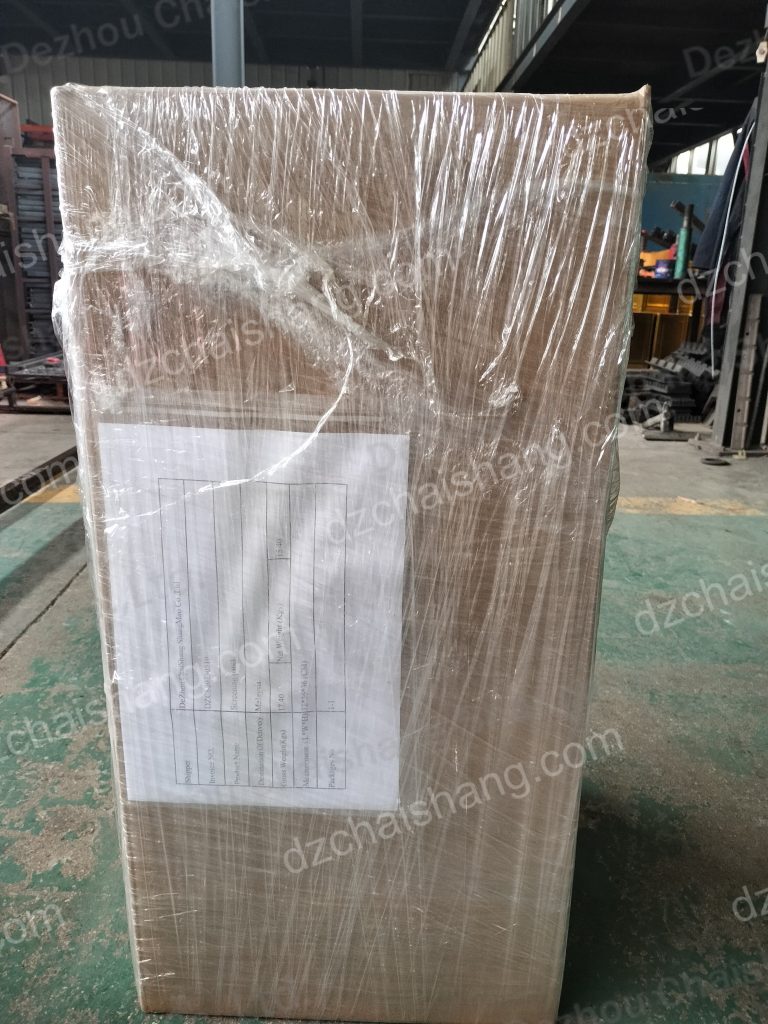
Temperature control plays a significant role in the production of polyurethane screens. It affects the curing process of the polyurethane material, which ultimately determines the quality and performance of the screens. To ensure optimal temperature control during the manufacturing process, polyurethane screen manufacturers need to pay close attention to several key factors.
First and foremost, it is essential to maintain a consistent temperature throughout the entire production process. Fluctuations in temperature can lead to inconsistencies in the curing process, resulting in defects in the polyurethane screens. To achieve this, manufacturers need to invest in high-quality heating and cooling systems that can accurately regulate the temperature in the production facility.
In addition to maintaining a consistent temperature, it is also crucial to monitor the temperature of the raw materials and molds used in the manufacturing process. The temperature of the raw materials can affect their viscosity and flow characteristics, while the temperature of the molds can impact the curing time and final properties of the polyurethane screens. By closely monitoring and controlling the temperature of these components, manufacturers can ensure that the screens are produced to the highest standards.
Another important factor to consider is the curing temperature of the polyurethane material. The curing temperature refers to the temperature at which the polyurethane material undergoes a chemical reaction to form a solid structure. This temperature is typically determined by the manufacturer based on the specific formulation of the polyurethane material. It is crucial to adhere to the recommended curing temperature to achieve the desired properties and performance of the polyurethane screens.
Furthermore, proper insulation of the production facility is essential to prevent heat loss and maintain a stable temperature environment. Insufficient insulation can lead to temperature fluctuations, which can negatively impact the quality of the polyurethane screens. By investing in adequate insulation, manufacturers can create a controlled environment that is conducive to the production of high-quality screens.
In conclusion, temperature control is a critical aspect of polyurethane screen manufacturing. By maintaining a consistent temperature, monitoring the temperature of raw materials and molds, adhering to recommended curing temperatures, and ensuring proper insulation of the production facility, manufacturers can optimize the quality and performance of polyurethane screens. Ultimately, temperature control plays a vital role in producing durable, flexible, and high-performing polyurethane screens that meet the needs of various industries.


